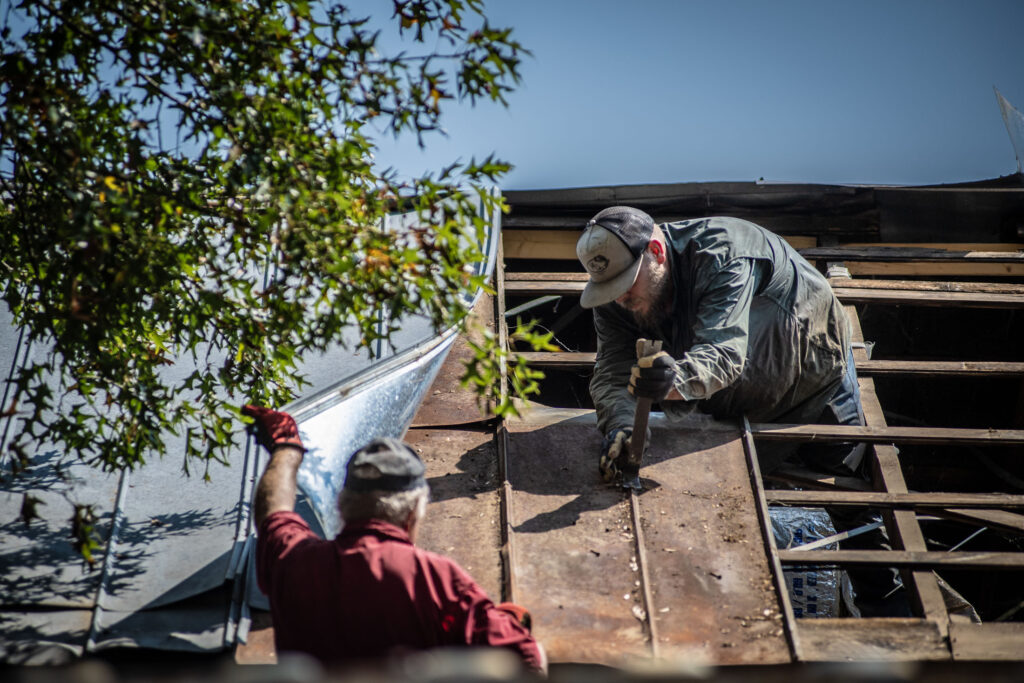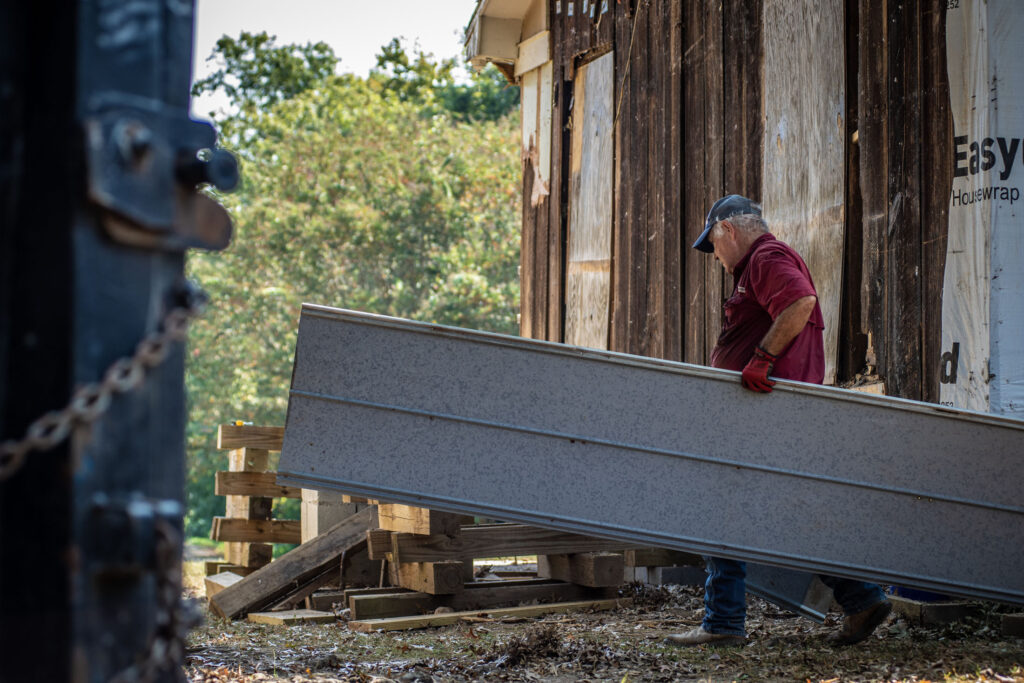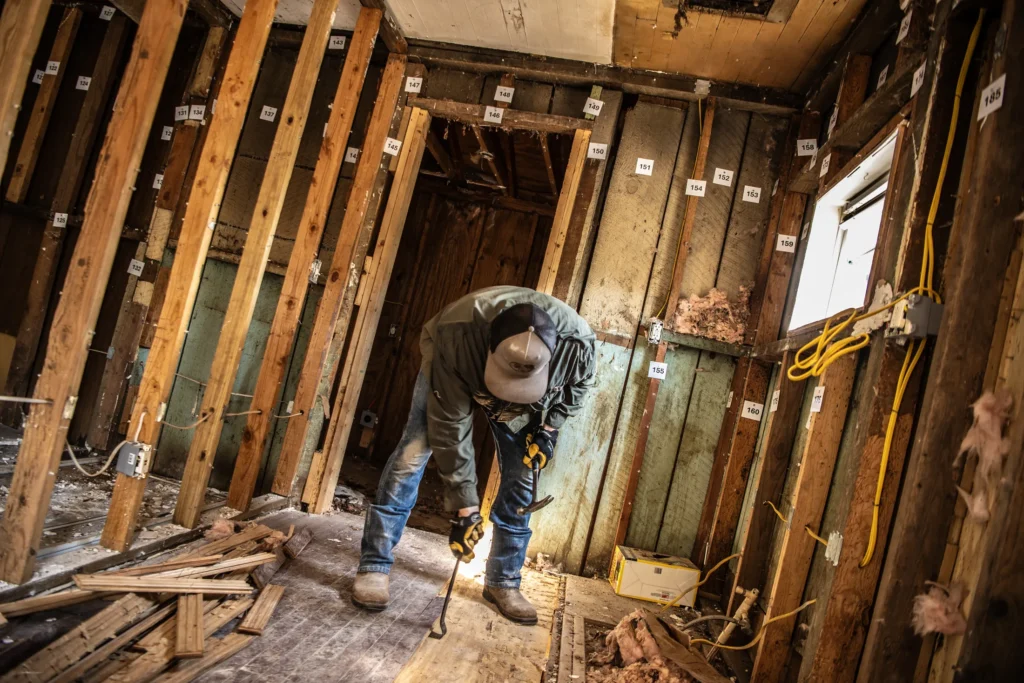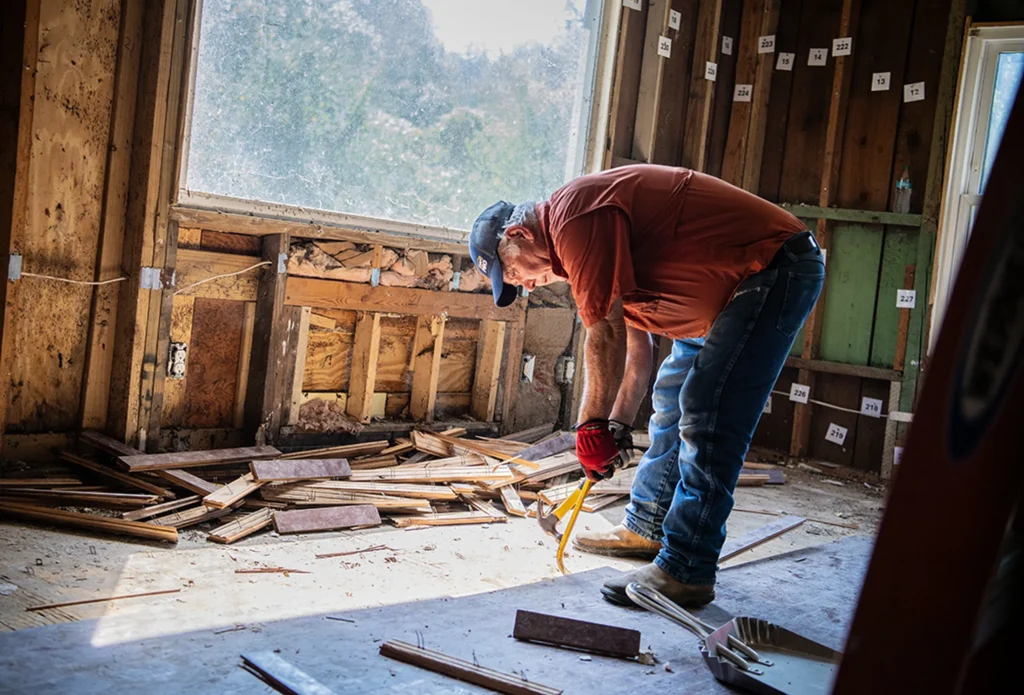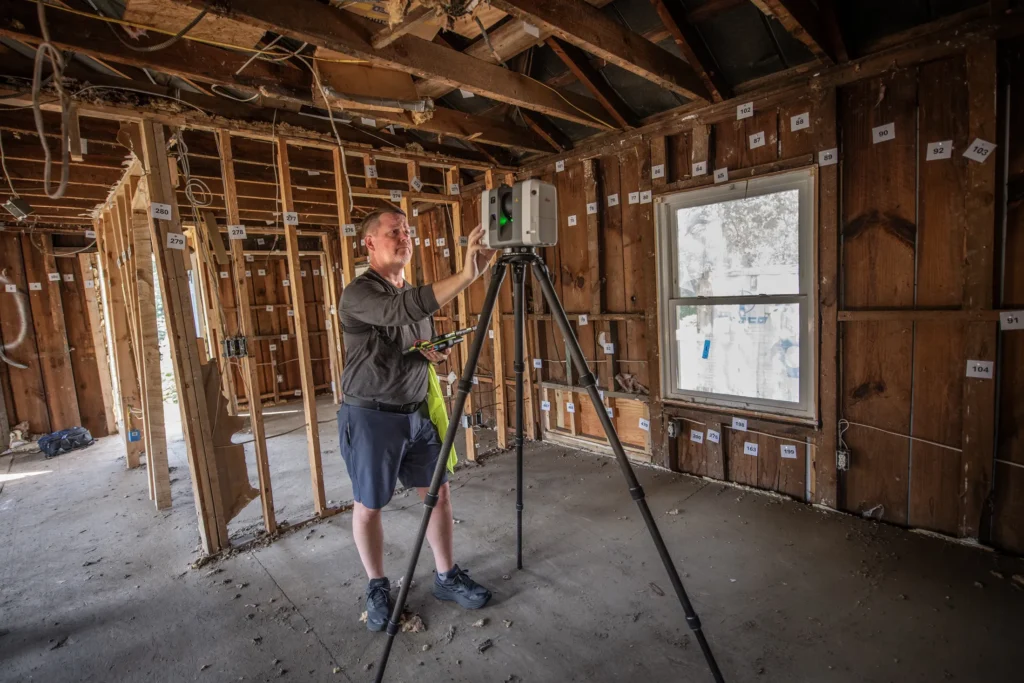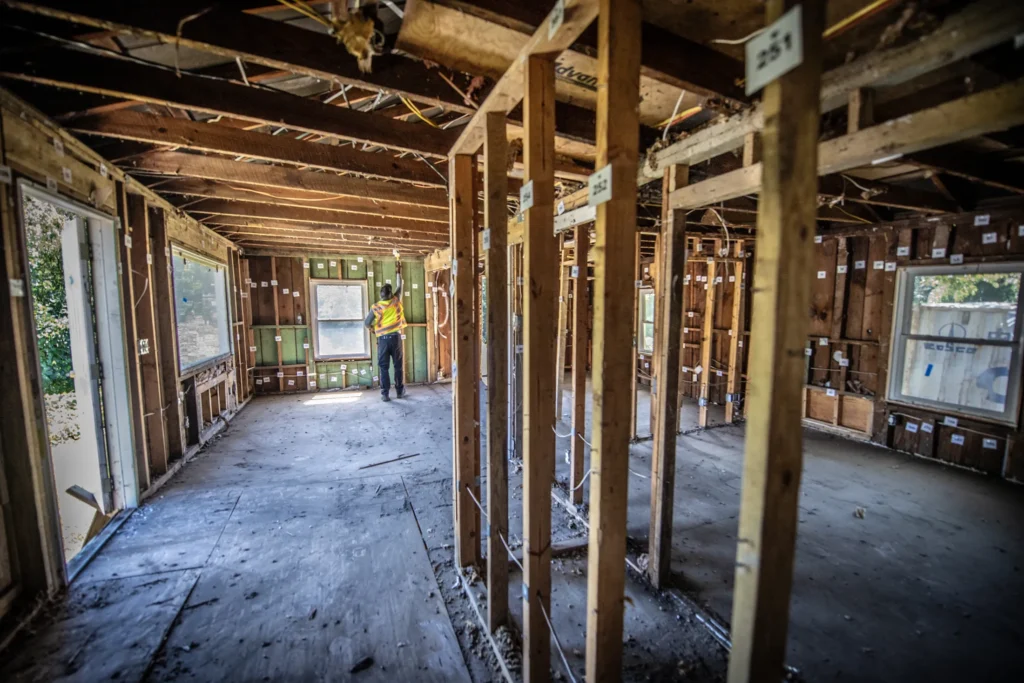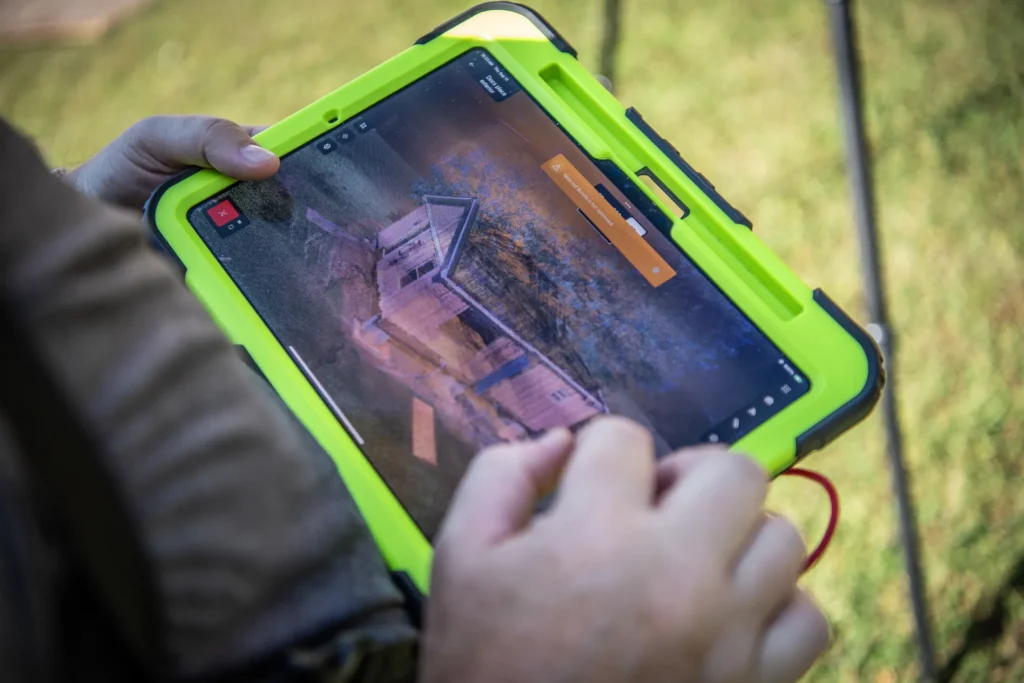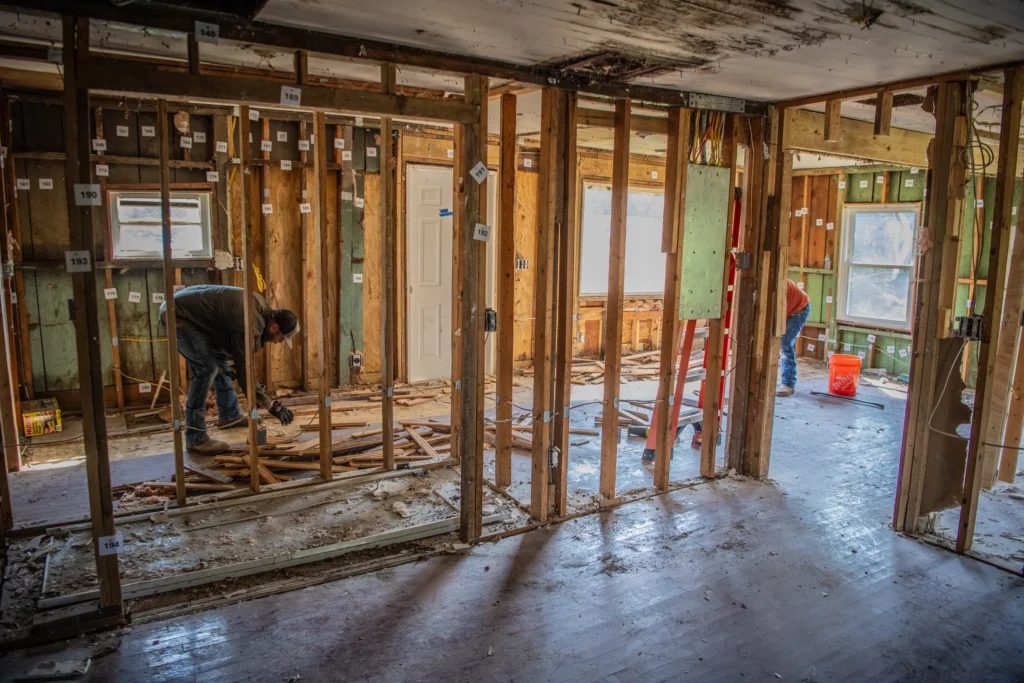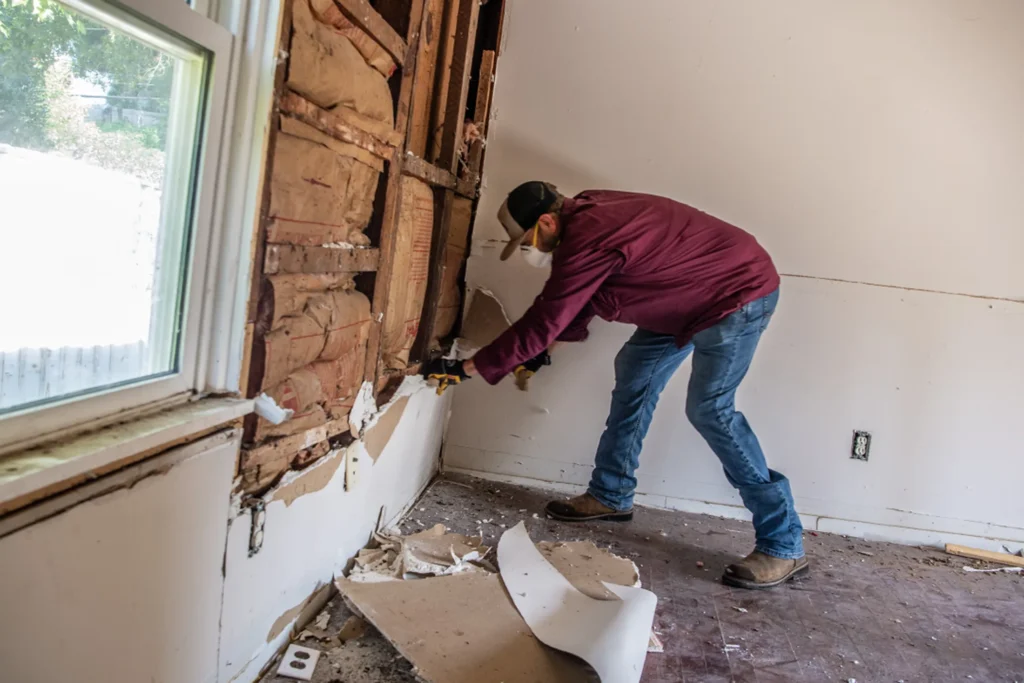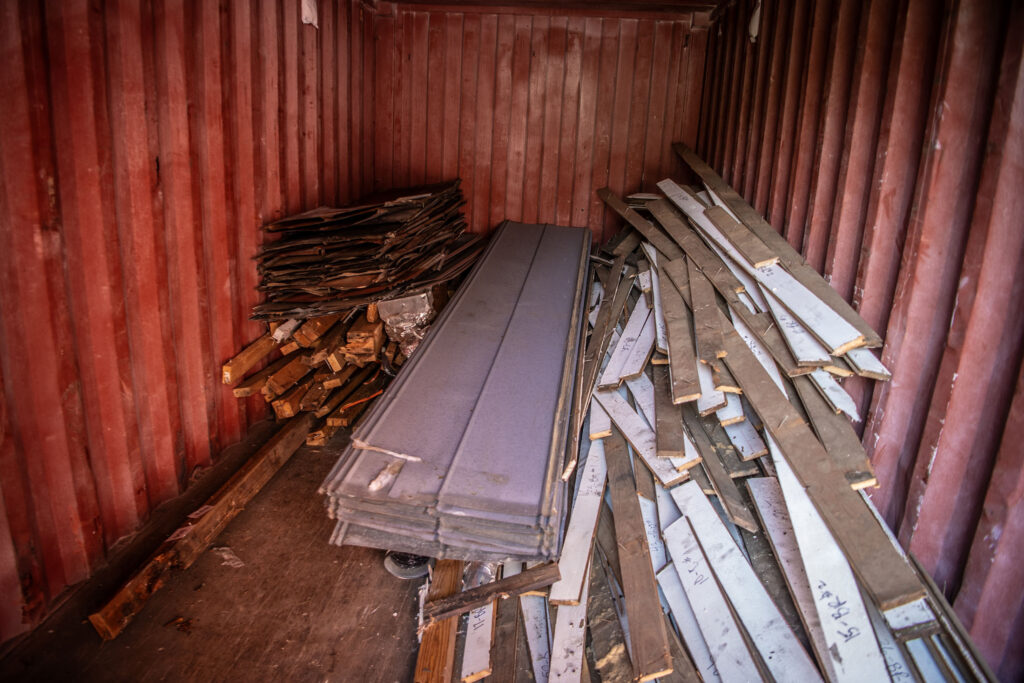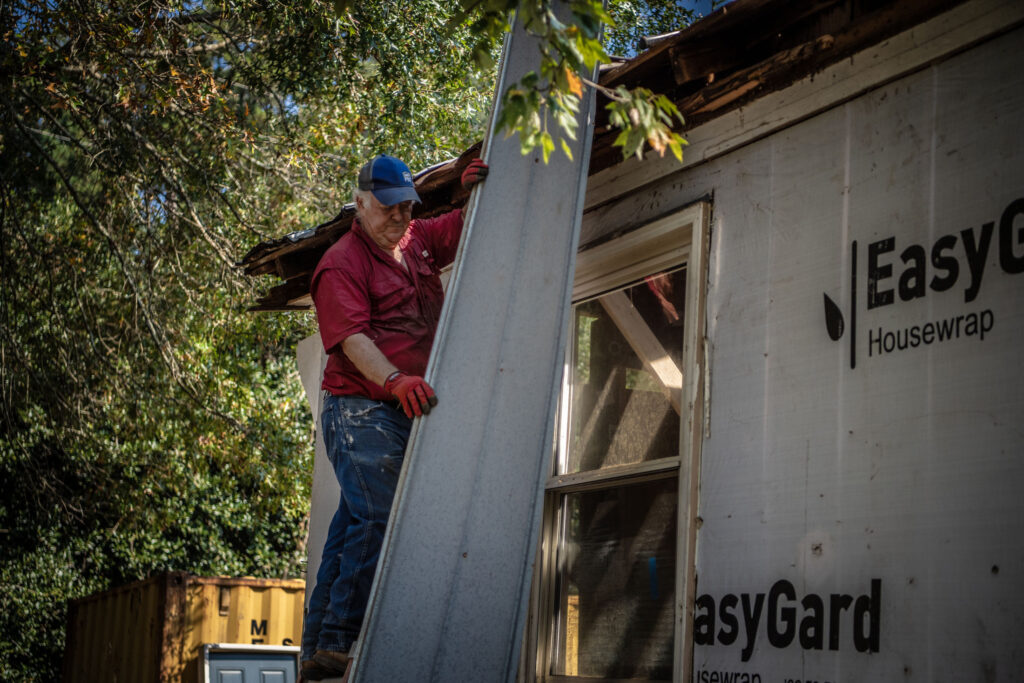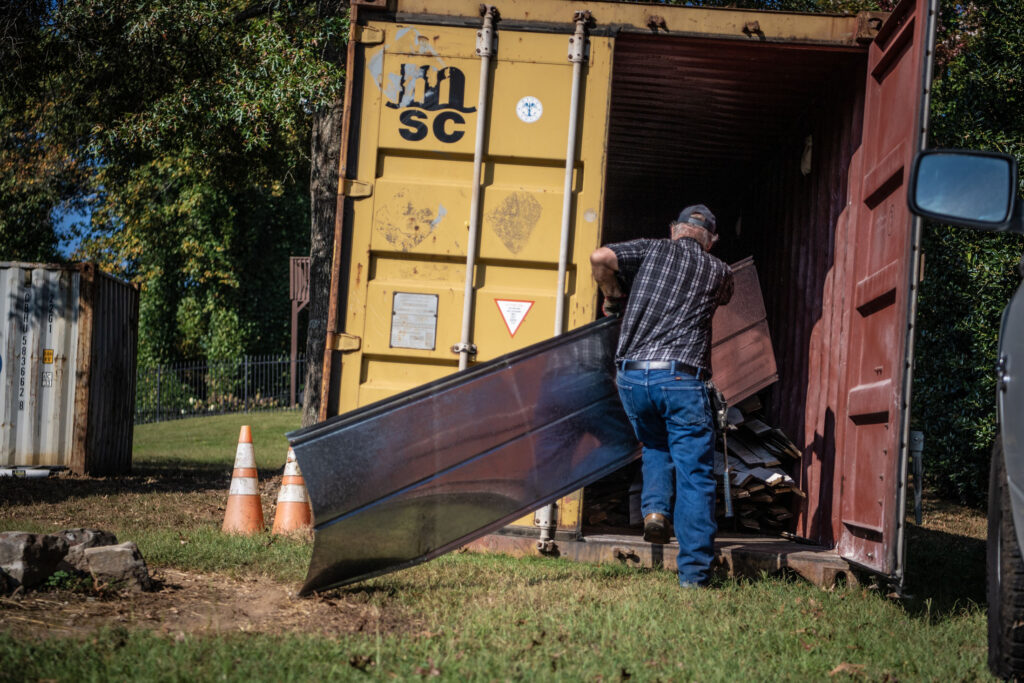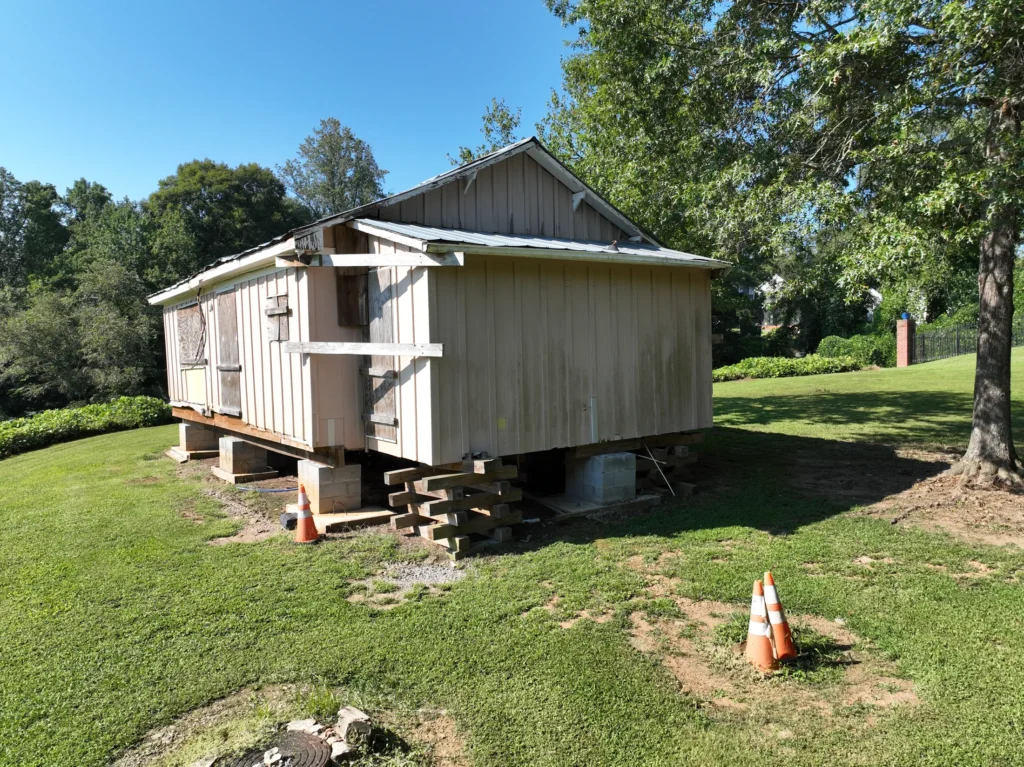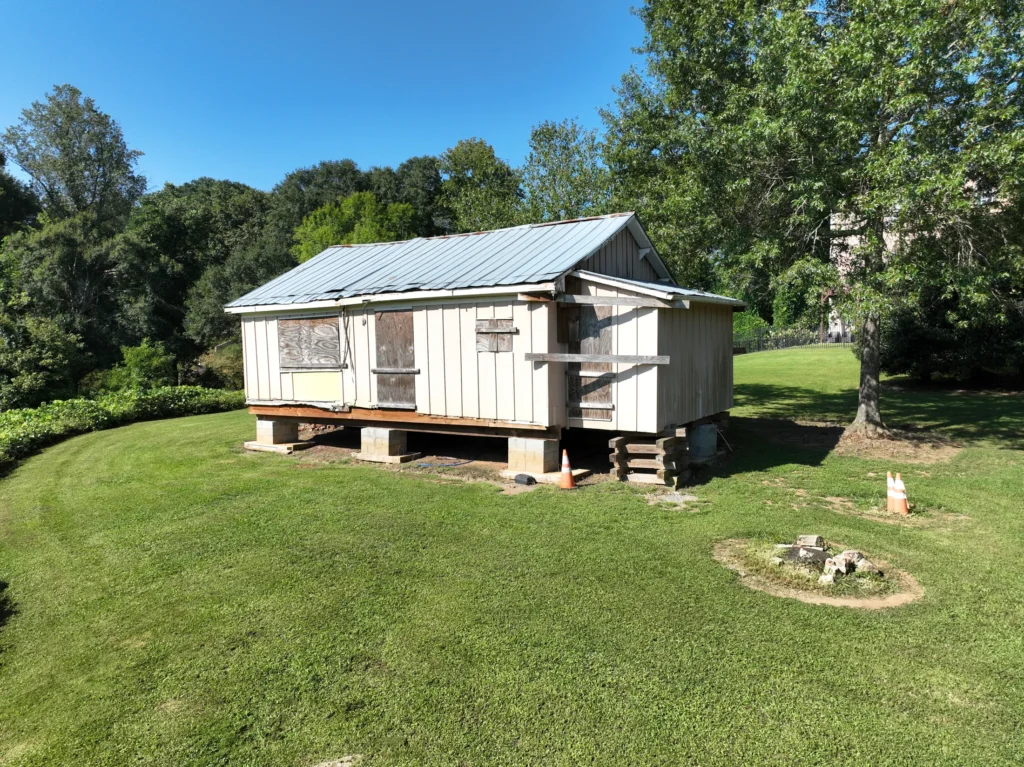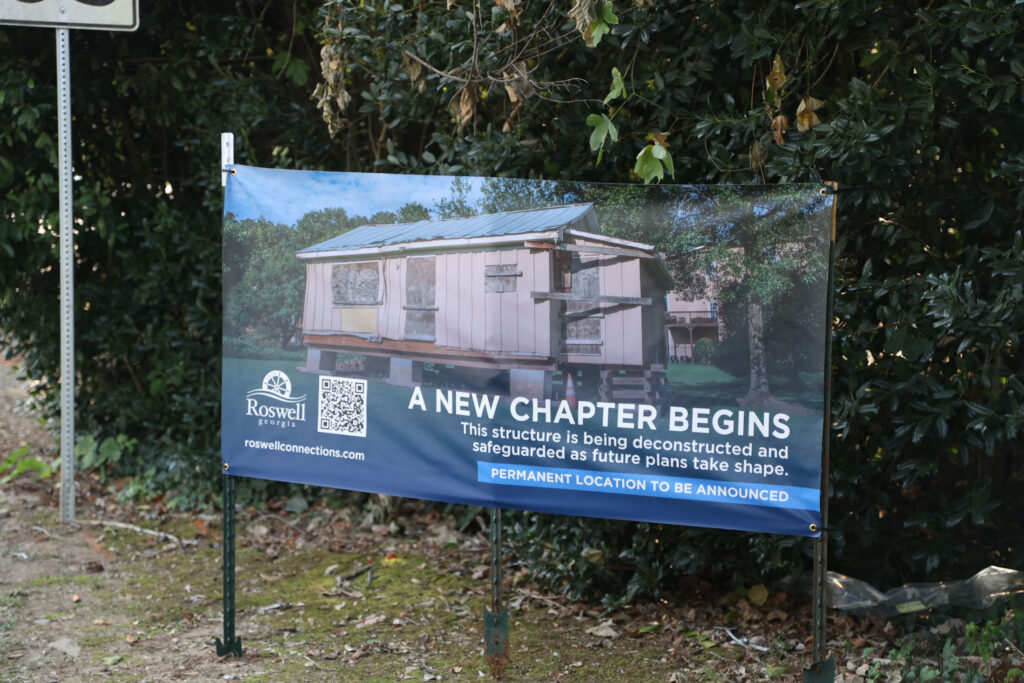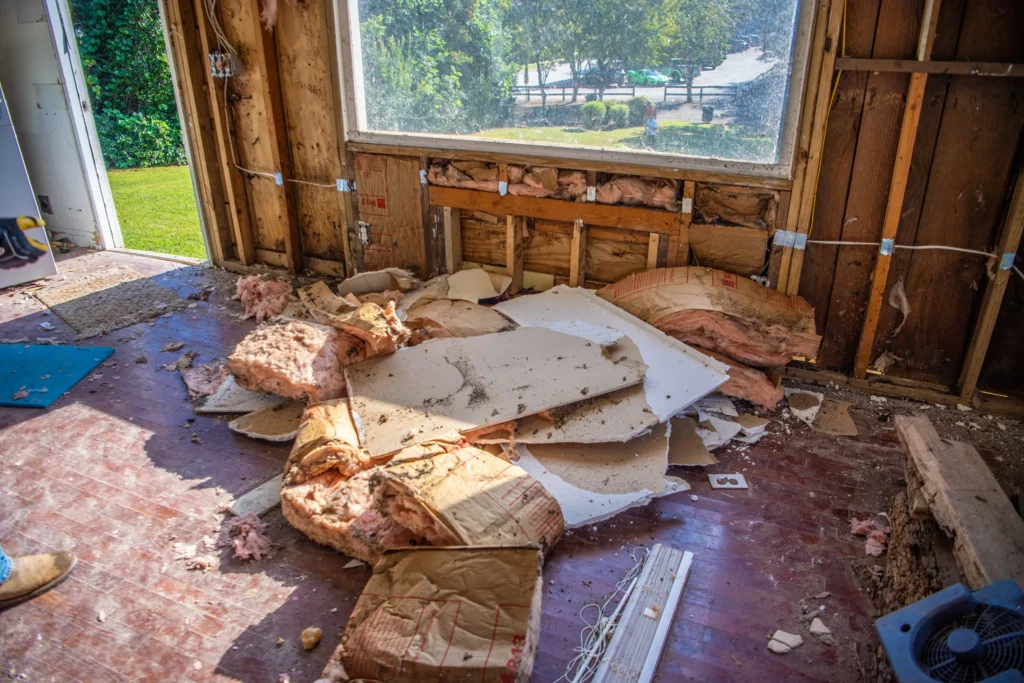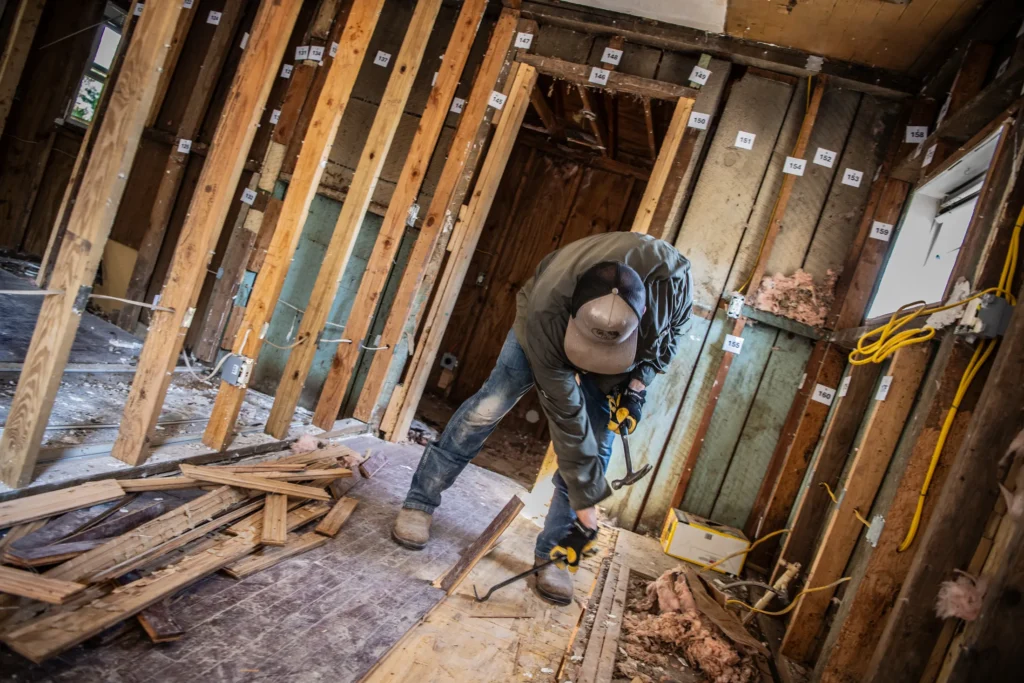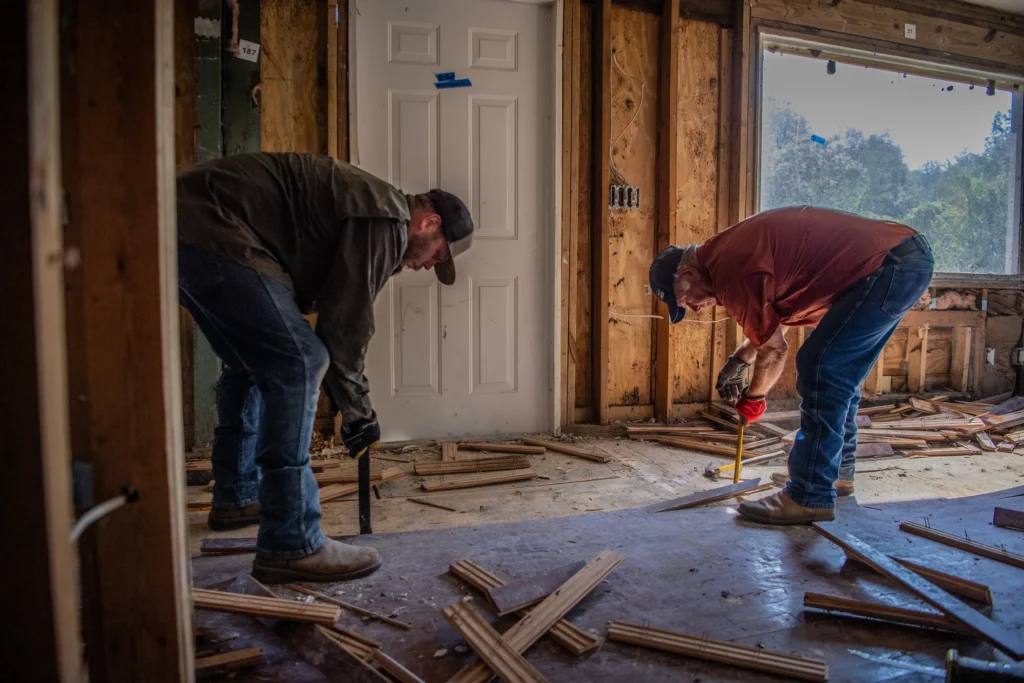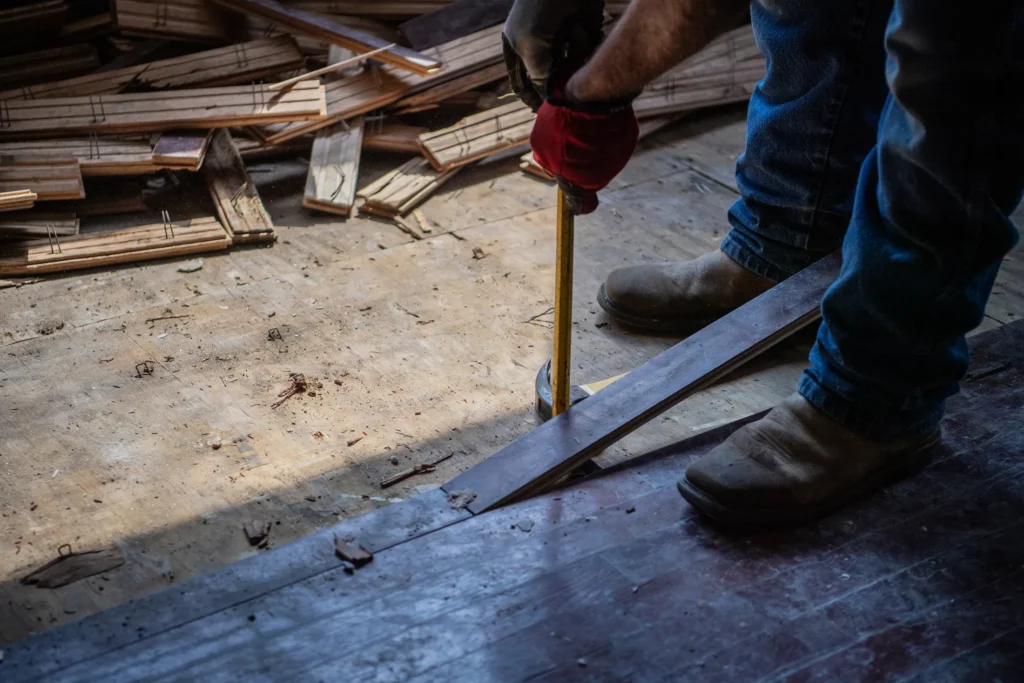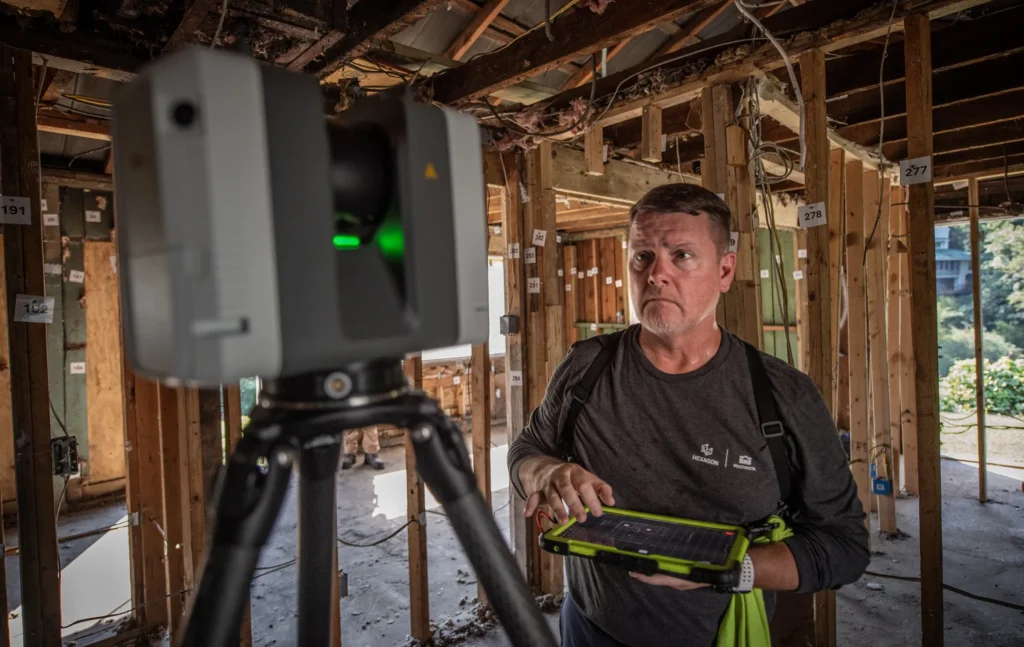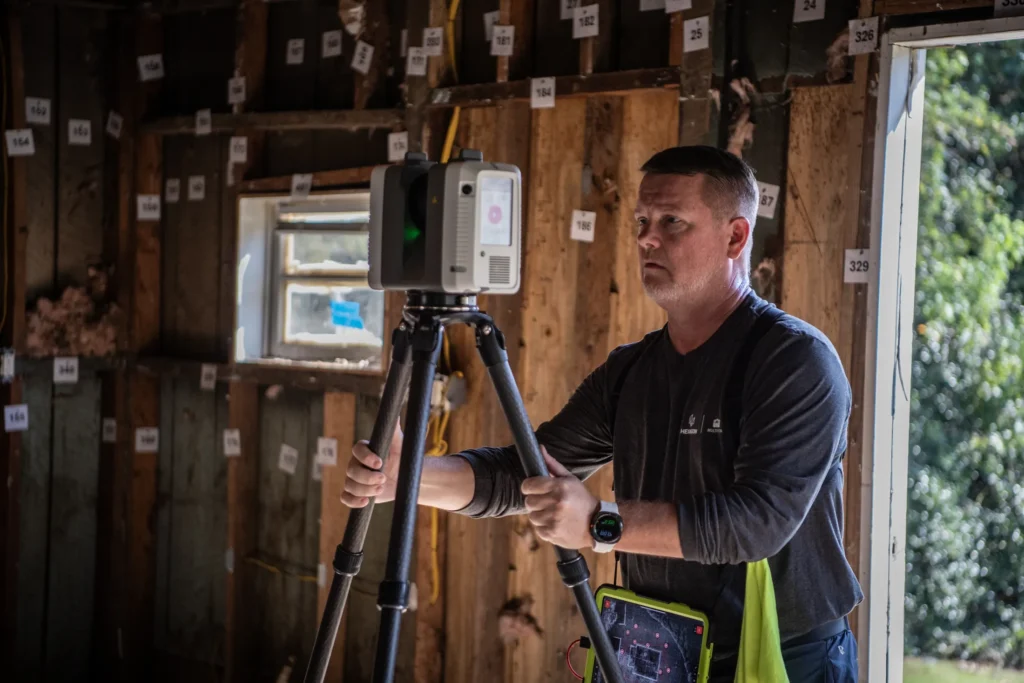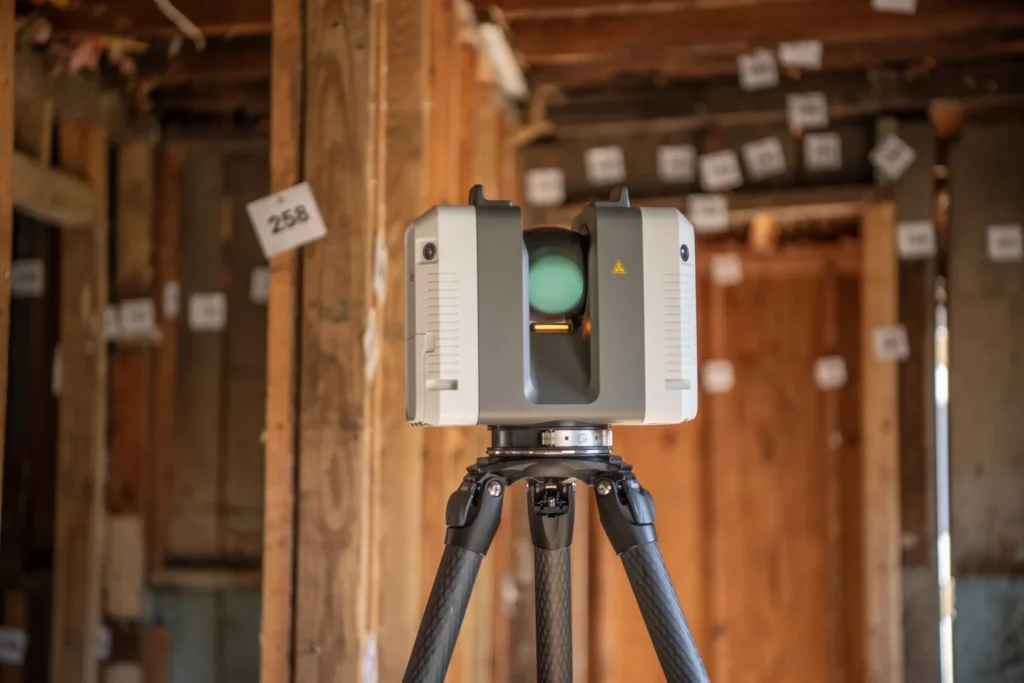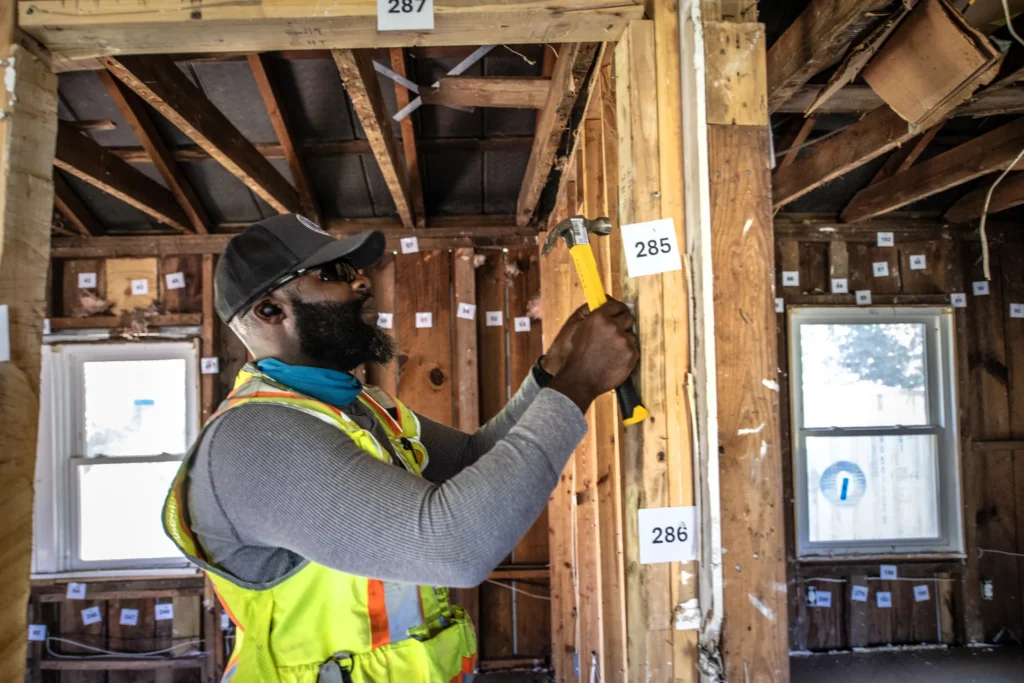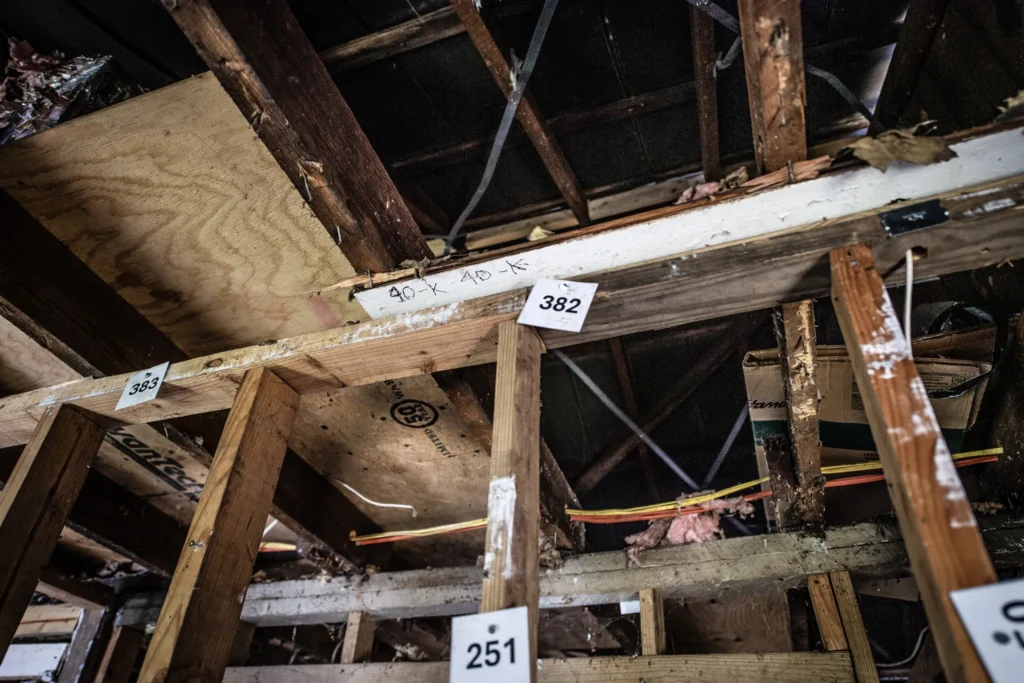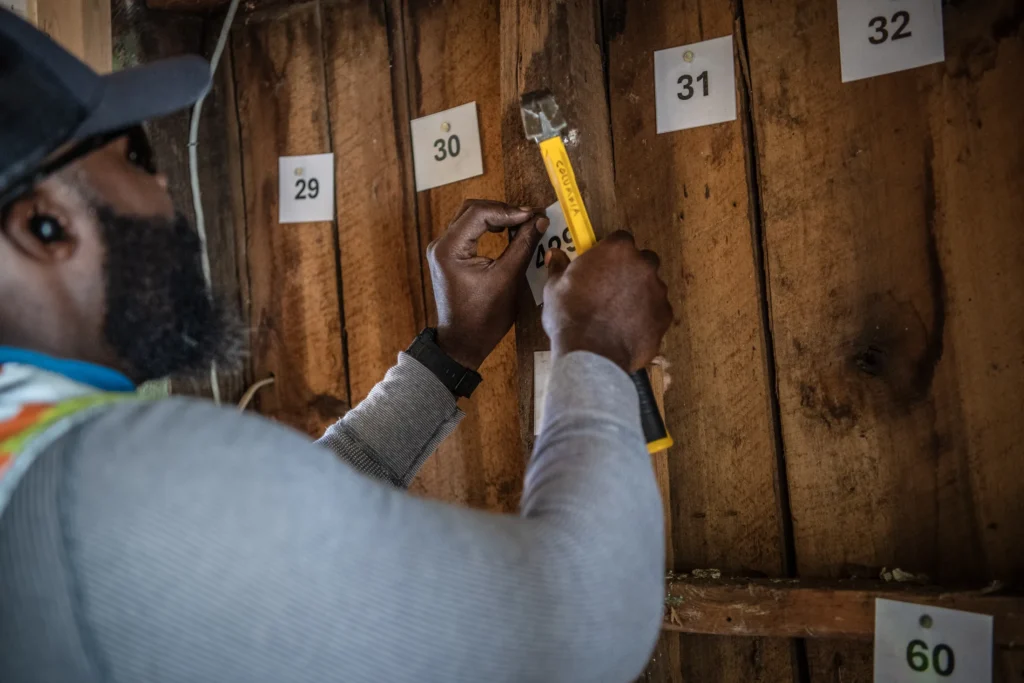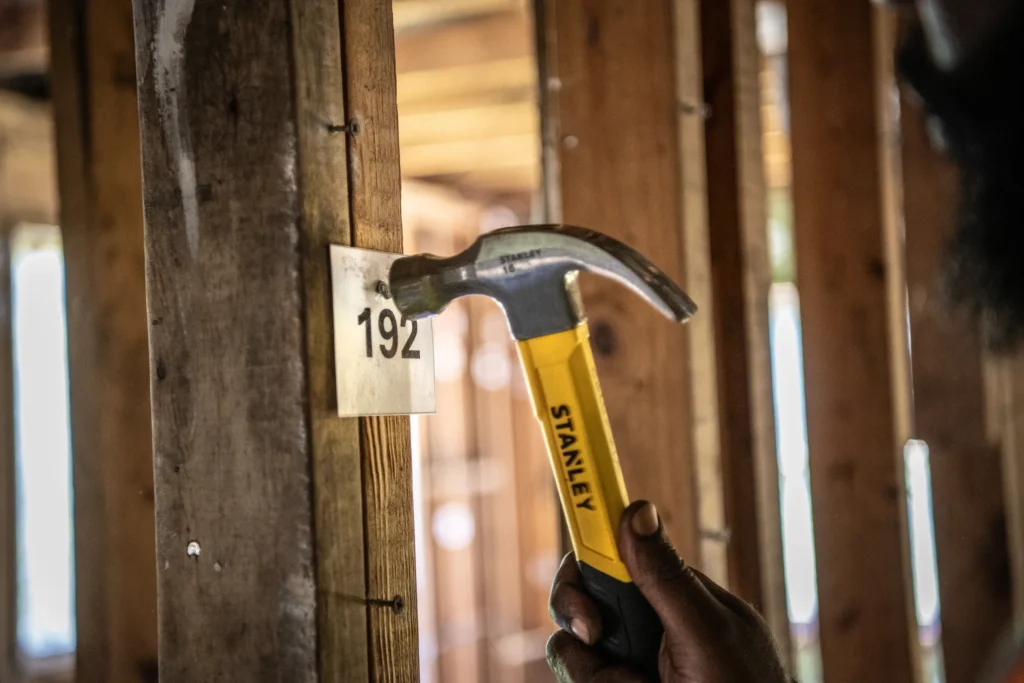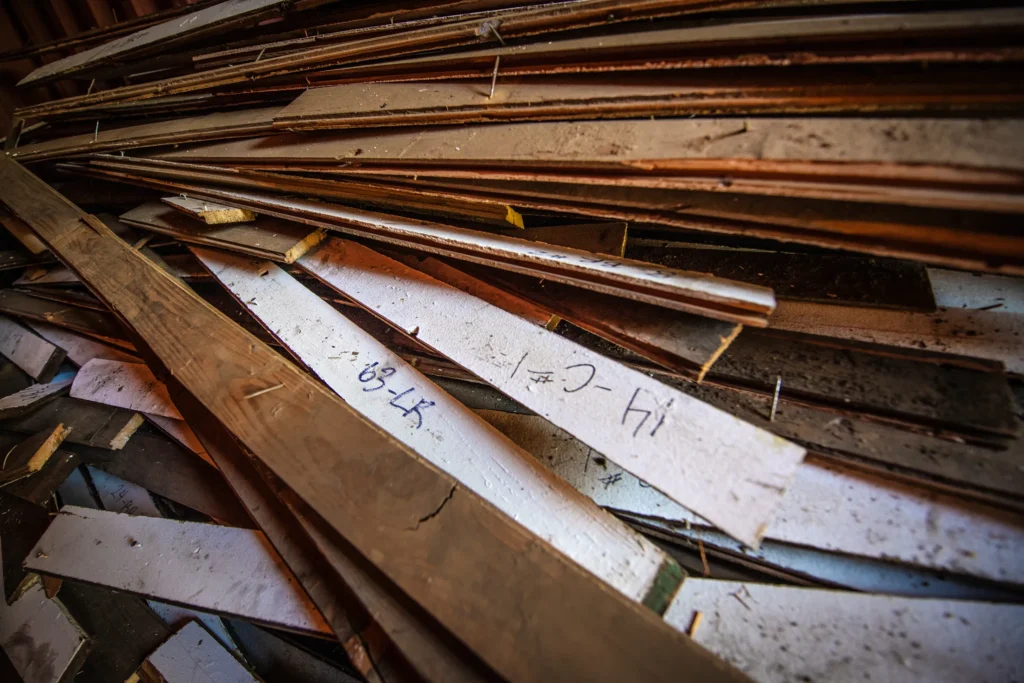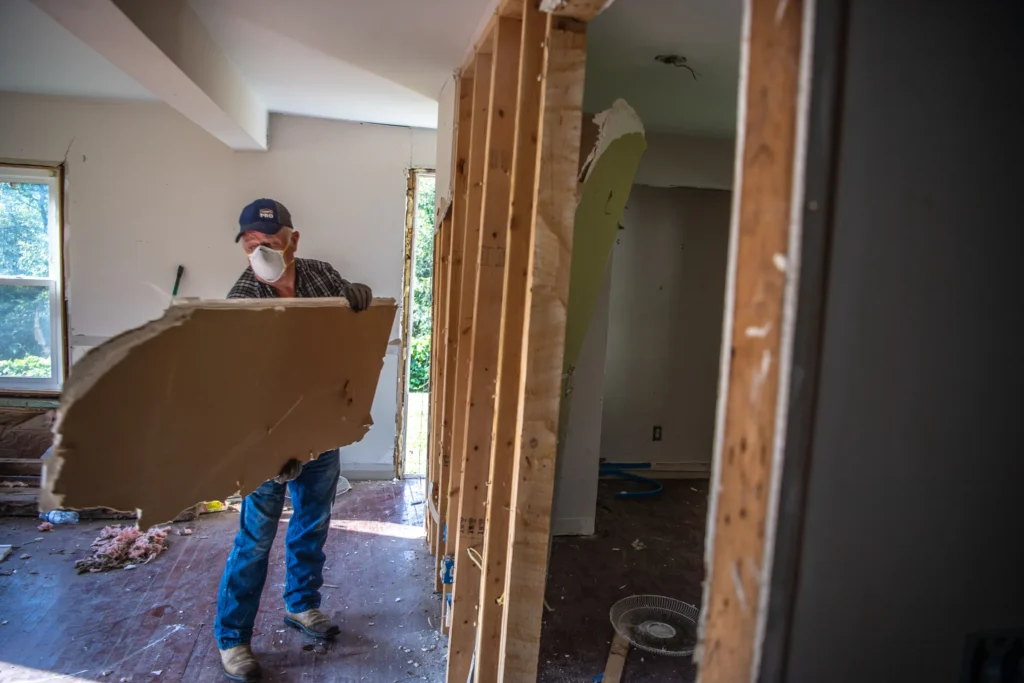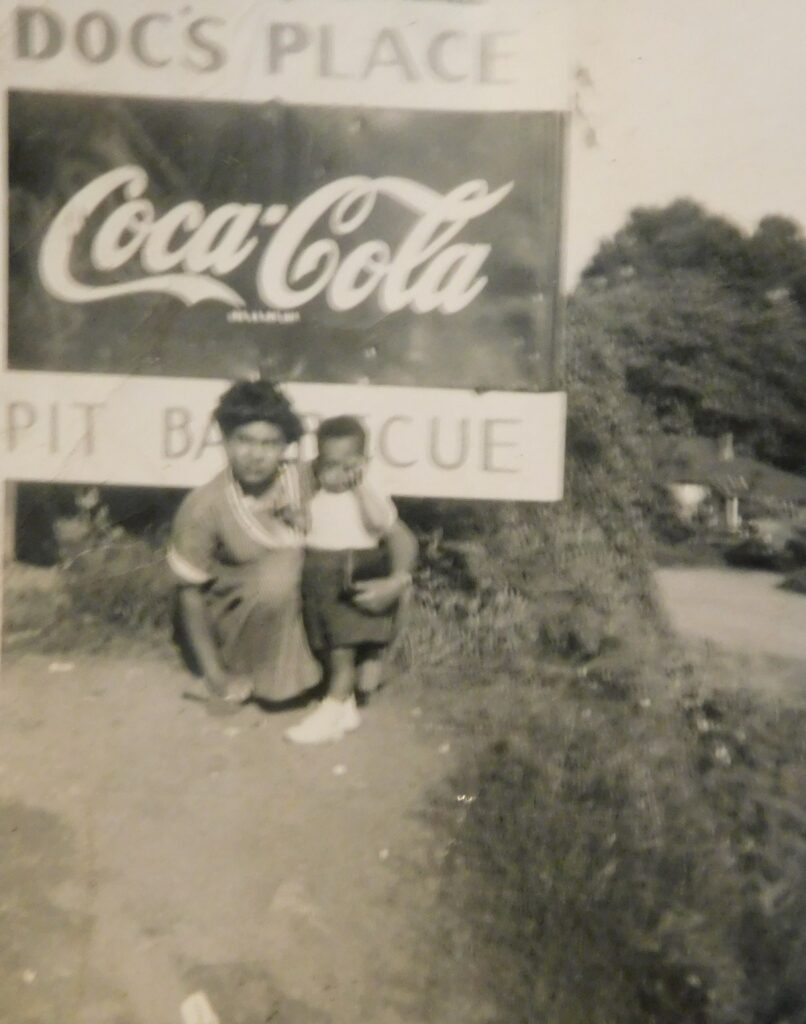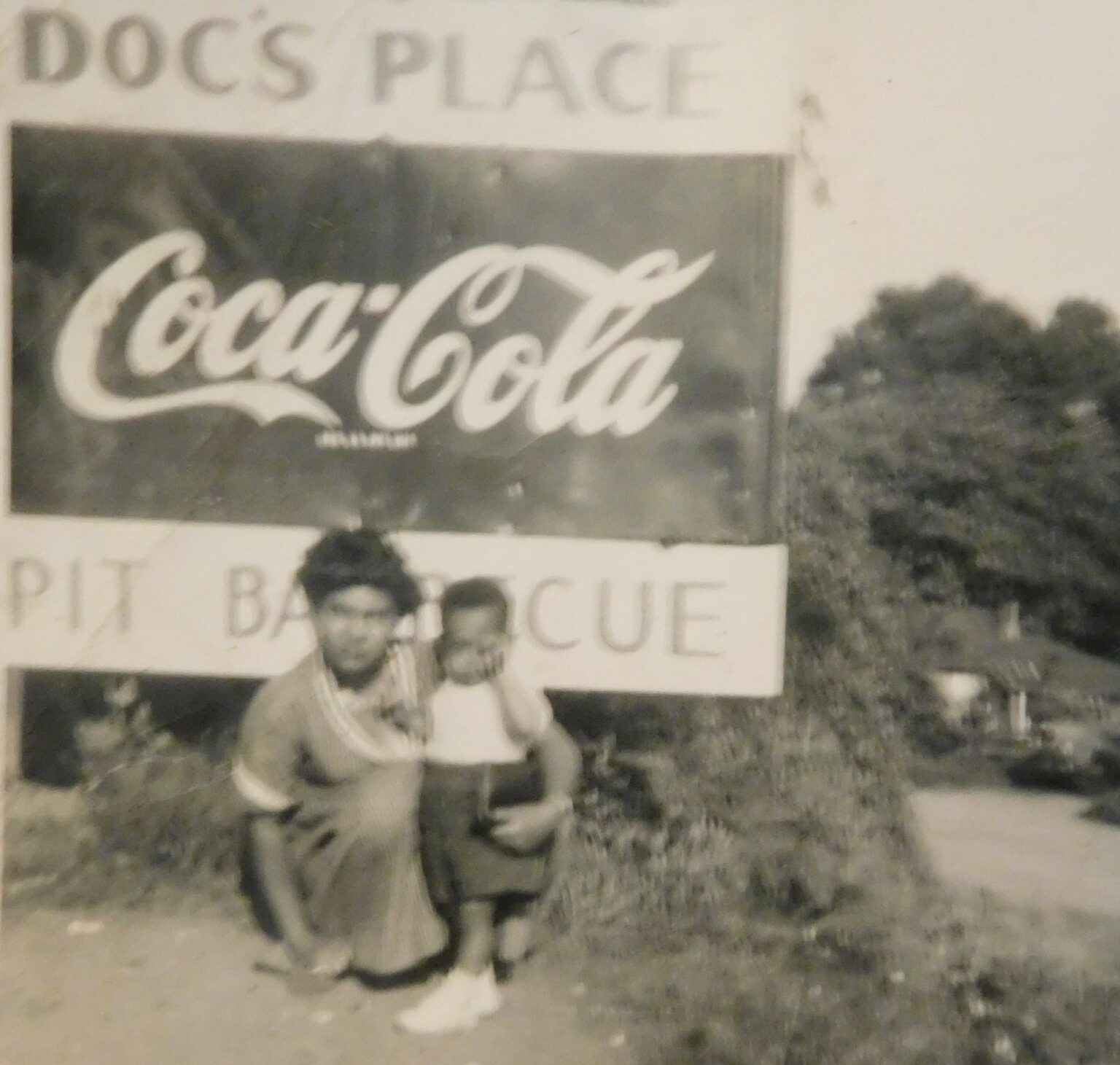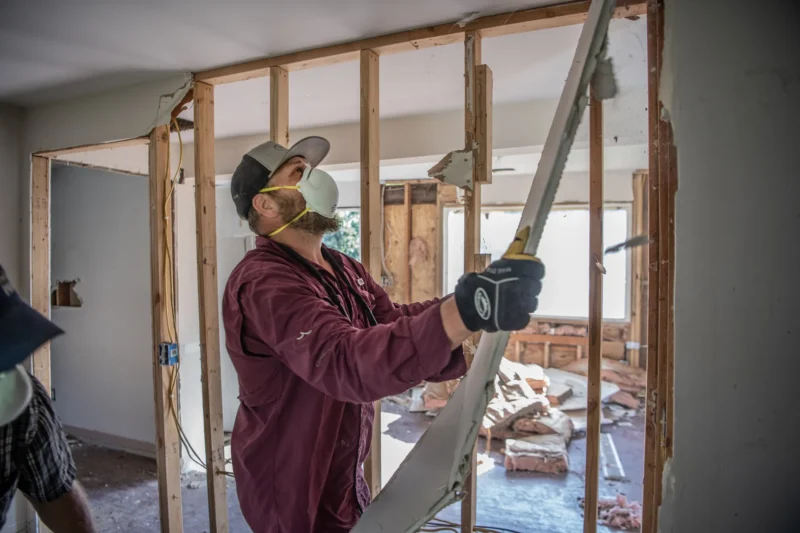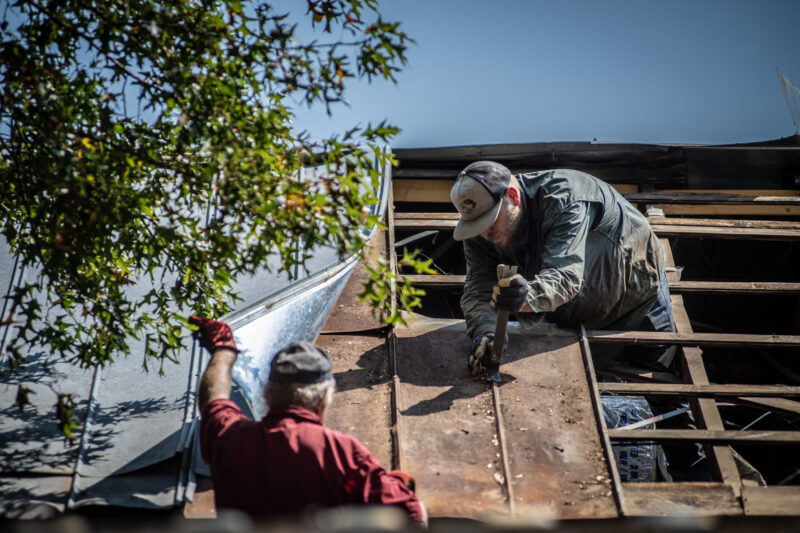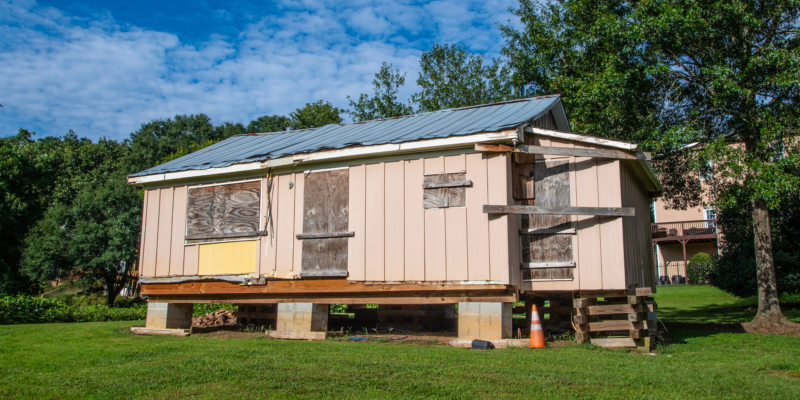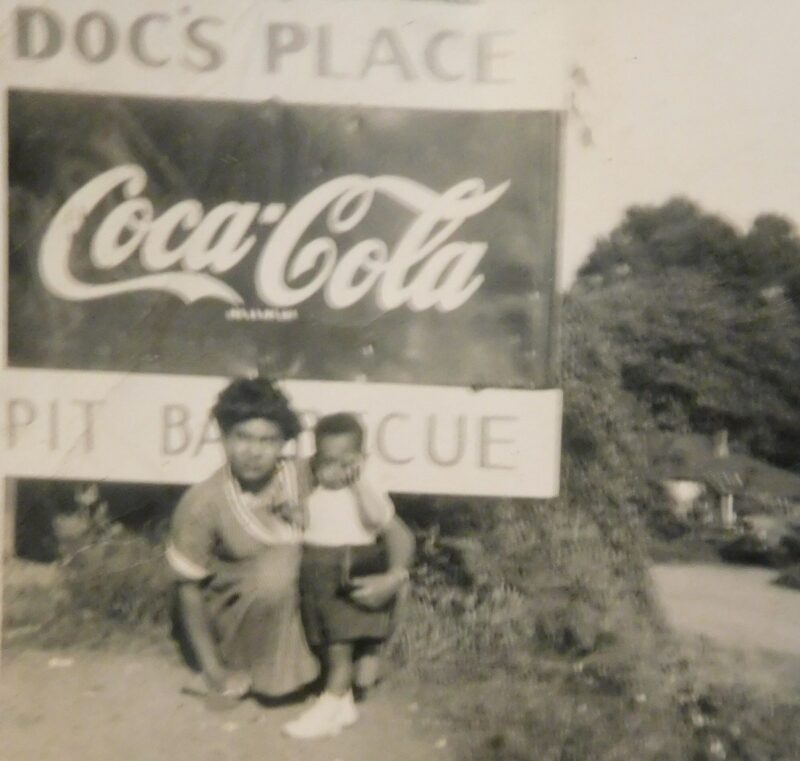Doc’s Café has been a Groveway landmark for more than 70 years, holding deep cultural and community significance in Roswell. The City of Roswell is leading a three-phase project to carefully preserve its history while planning for its future. This process includes deconstruction, cataloging, and community-driven design intent—ensuring that Doc’s Café’s story and materials remain part of Roswell’s shared heritage.
This page will serve as the central hub for project updates, feature stories, photos, and opportunities for community engagement as we honor the past and work together toward what comes next.
Project Overview
Doc’s Café, first opened in the 1950s by Samuel “Doc” and Hattie Stafford, was more than a business. It was Roswell’s first Black-owned café, a gathering place during segregation, and a cornerstone of the Groveway neighborhood.
Today, the City of Roswell is taking a thoughtful approach to ensure its story is not lost. Instead of demolition, the café is undergoing deconstruction — a slower, careful process that catalogs materials, creates digital scans, and safeguards historically significant elements for future use.
Learn more about the deconstruction process.
Phased Timeline
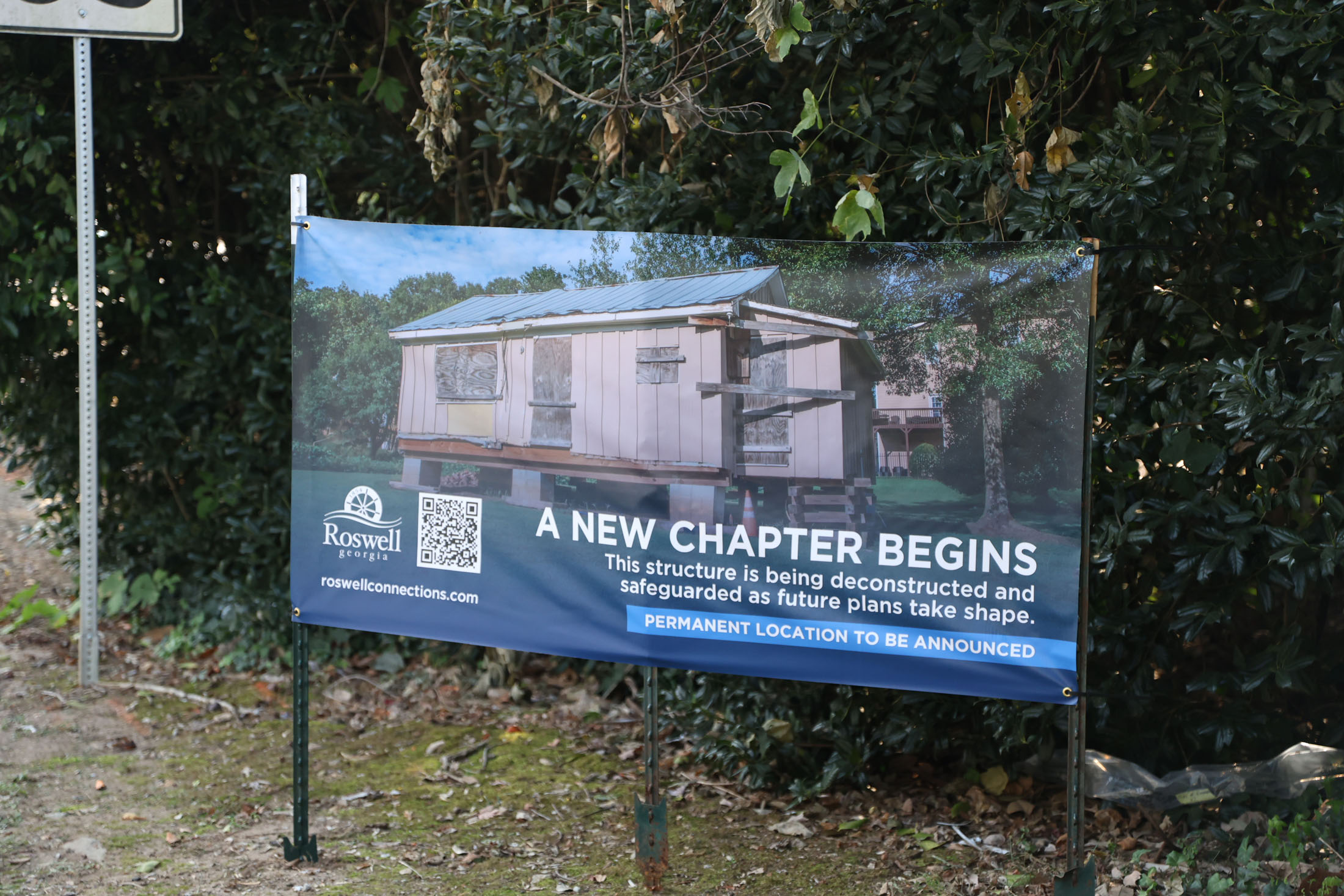
Phase 1: Preservation Planning
Establishing the approach to ensure Doc’s Café’s history and materials are carefully preserved.
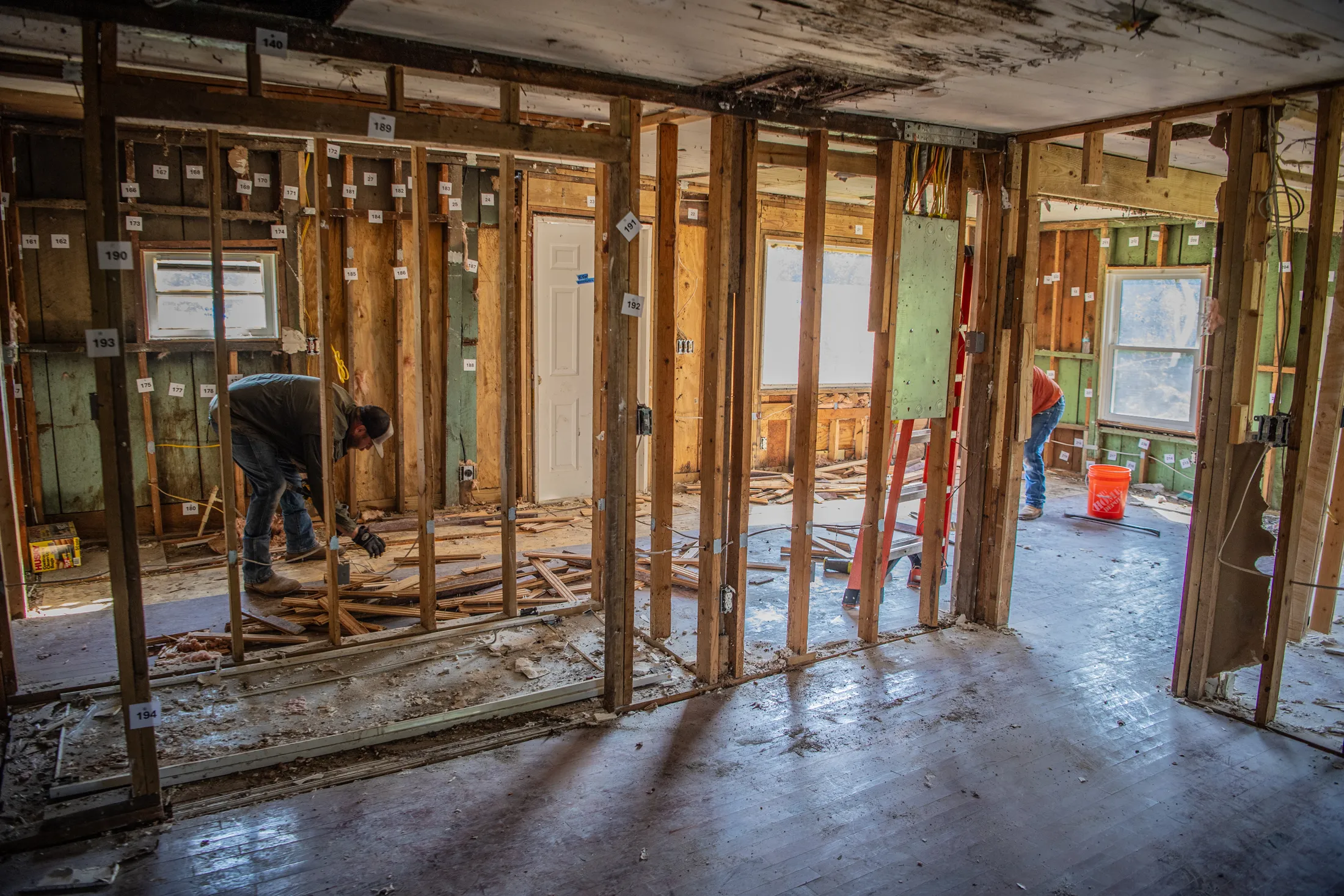
Phase 2: Deconstruction & Storage Catalog
Dismantling the building piece by piece, photographing and cataloging items, and storing significant materials in weatherproof containers.
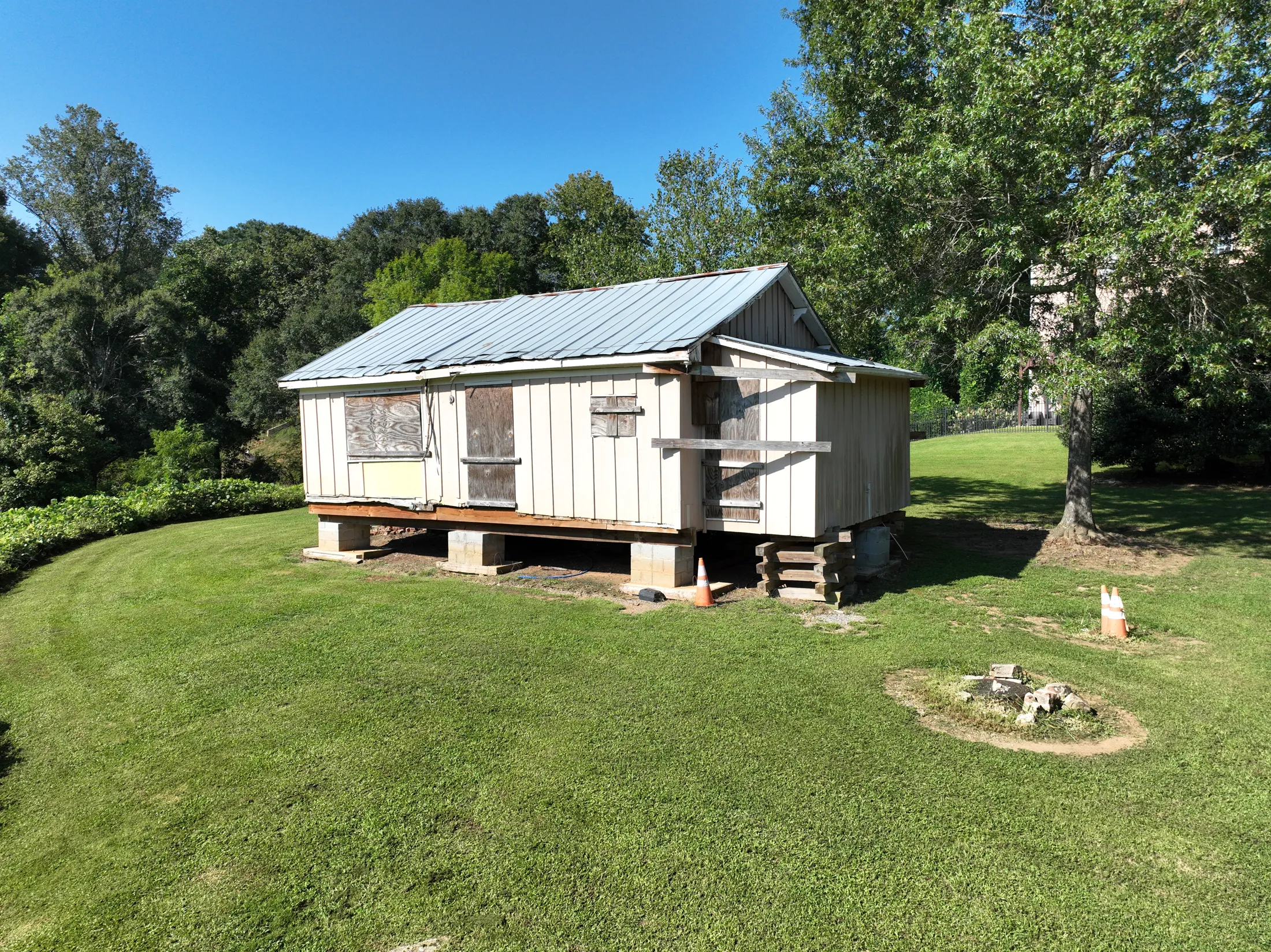
Phase 3: Community Design Intent
Engaging stakeholders, historians, and residents to guide the design intent and determine how Doc’s Café’s story and materials will be shared with the public.
In The News
- Deconstruction vs. Demolition: What’s the Difference and Why It Matters at Doc’s CaféFrom the outside, Doc’s Café may look like just another construction project. Crews are on-site, materials are being removed, and the familiar shape of Doc’s
- Roswell Marks Mid-Project Milestone in Doc’s Café DeconstructionThe City of Roswell has reached a key milestone in the careful deconstruction of Doc’s Café, a Groveway landmark with more than seventy years of
- Doc’s Café Deconstruction Project: Safeguarding a Historic LandmarkThe City of Roswell has officially begun the careful deconstruction of Doc’s Café, a historic landmark that has long served as a cornerstone of the
- Doc’s Cafe: Restoring One of Roswell’s Historic Places of SignificanceDoc’s Café has been a Groveway landmark for more than 70 years, holding deep cultural and community significance in Roswell. The City of Roswell is
Frequently Asked Questions (FAQs)
What is Doc’s Café, and why is it significant?
Doc’s Café was established in the 1950s by Samuel and Hattie Stafford. It holds the distinction of being Roswell’s first Black-owned business. More than just a place to eat, Doc’s Café became a safe gathering place where people from Roswell, Alpharetta, Sandy Springs, and surrounding communities came together for music, food, conversation, and culture. It quickly became a cornerstone of the Groveway neighborhood—the city’s first Black neighborhood—and a symbol of community pride and resilience.
Where has Doc’s Café been located over the years?
The café originally stood at 20 Oxbo Road. When the Oxbo Road realignment project began, the building was carefully relocated to its current temporary site at Oxbo Linear Park (79 Oxbo Road). This relocation allowed the City to protect the structure while planning for its future.
What is the City of Roswell doing with Doc’s Café today?
Instead of demolishing the aging building, the City of Roswell is using a deconstruction approach. This means the building is being taken apart piece by piece, with materials carefully cataloged, photographed, and stored. The goal is to safeguard elements of the café such as original lumber, tongue-and-groove ceilings, doors, windows, and trim, that can tell the story of its construction and cultural role.
At the same time, the City is working with the Groveway community and stakeholders to collect memories, stories, and historical context that will shape how Doc’s Café is honored in the future.
What elements of the café hold the most significance?
During deconstruction, the team is prioritizing elements that best represent the café’s history and character. This includes:
- Original lumber and framing that show early 20th-century construction methods.
- Tongue-and-groove ceiling boards discovered beneath later renovations.
- Doors, windows, and trim that carry the craftsmanship of the building’s earlier years.
Even pieces that are too deteriorated to reuse are documented through photographs and cataloging so their story is not lost. What’s most important is not just the materials themselves, but the connection between the physical building and the memories of the community it served.
How many phases does the project have?
The Doc’s Café project consists of three funded phases:
- Preservation Planning – Establishing the approach to ensure Doc’s Café’s history and materials are carefully preserved.
- Deconstruction & Storage Catalog – Dismantling the building piece by piece, photographing and cataloging items, and storing significant materials in weatherproof containers.
- Community Design Intent – Engaging stakeholders, historians, and residents to guide the design intent and determine how Doc’s Café’s story and materials will be shared with the public.
To reduce the overall project timeline, the Community Design Intent phase was initiated concurrently with the Deconstruction phase, ensuring that planning for the future use of Doc’s Café begins while preservation work is underway.
Where will Doc’s Café go after deconstruction?
A permanent site has not yet been determined. The vision is for Doc’s Café to become part of Roswell’s historic interpretation and community memory—potentially through exhibits, educational programming, or placement in a dedicated park or cultural space.
A future phase, contingent on funding, will contract with a design and engineering firm to advance the project design and conduct the required engineering analyses. This work will determine—with certainty—whether the structure can be positioned at the intended Oxbo/Pleasant Hill location. Until stormwater, subsurface utilities/infrastructure, and related constraints are evaluated, the final site cannot be confirmed.
Community engagement, with strong input from the Groveway community, will continue to guide these decisions.
Why did the City choose deconstruction instead of demolition?
Demolition is fast and inexpensive, but final—it flattens a building in days and discards most of its materials. Deconstruction is slower and more labor-intensive, but it creates lasting value. By deconstructing Doc’s Café, the City ensures that meaningful materials and memories are safeguarded, cataloged, and available for future use. Learn more about the deconstruction process.
What happens to the salvaged materials?
All salvaged items are securely stored in watertight shipping containers at the site. Materials are grouped by type (windows, lumber, trim) to make them easier to review later. In the future, these elements could be reused in interpretive displays, educational programs, exhibits, or potentially a reconstructed space that honors Doc’s Café’s legacy.
How is the community involved?
Community involvement is central to this project. The City has formed a stakeholder committee of residents, historians, and partners from the Groveway neighborhood. Their input will help shape how Doc’s Café’s materials, stories, and memories are interpreted and shared with the public.
This collaborative process ensures the project honors both the physical structure and the lived experiences it represents.
What message should the public take away?
Doc’s Café is an important chapter in Roswell’s story. By choosing deconstruction, the City is committing to a thoughtful process that respects history, engages the community, and ensures that the café’s legacy endures.
As Mayor Kurt Wilson shared:
“Doc’s Café is more than just a building—it’s a symbol of our community’s history and culture. By carefully deconstructing it, we are honoring the past while planning for a future where these stories continue to be shared.”
Project Visuals
